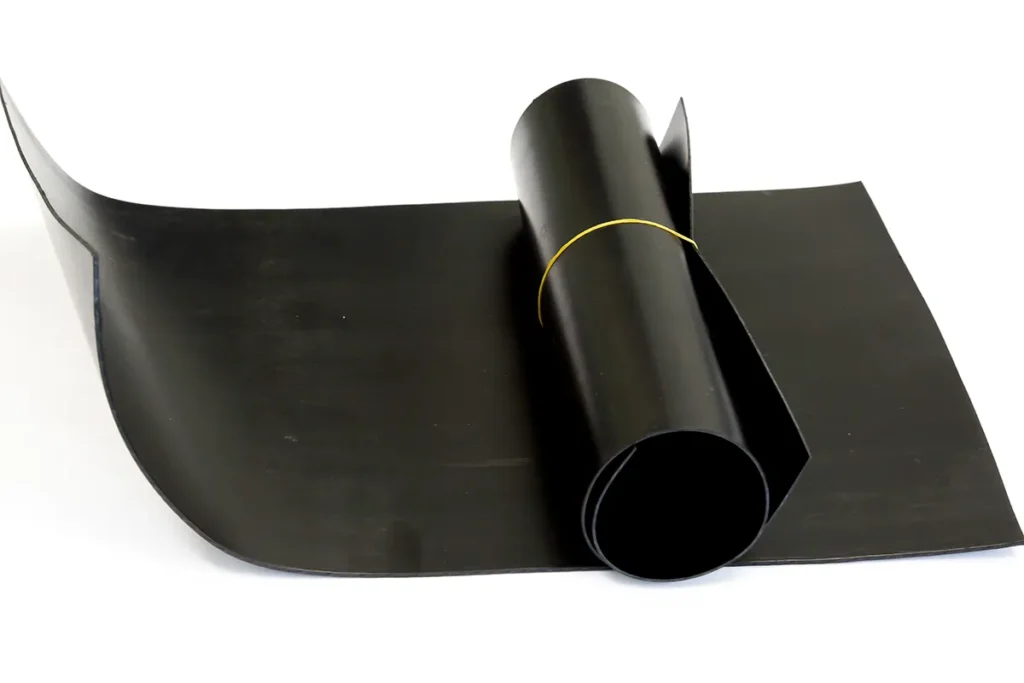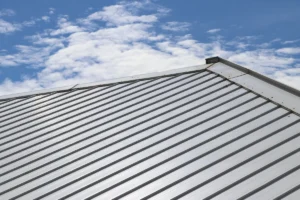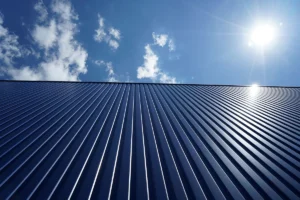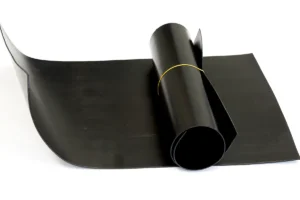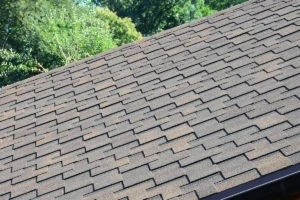When it comes to roofing underlayment, there are two common types: traditional felt (also known as asphalt-saturated felt) and synthetic felt. Here are the main differences between the two:
1. Material Composition:
– Traditional Felt: Traditional felt is made from organic materials such as cellulose fibers or recycled paper. It is then saturated with asphalt to provide waterproofing properties.
– Synthetic Felt: Synthetic felt is made from synthetic materials such as fiberglass or polyester. It is coated with asphalt or another waterproofing agent to enhance its water resistance.
2. Water Resistance:
– Traditional Felt: Traditional felt offers good water resistance, especially when properly installed and overlapped. However, it can become less effective if it gets wet during installation or if it is exposed to prolonged moisture.
– Synthetic Felt: Synthetic felt is designed to provide superior water resistance. Its synthetic materials and waterproofing coatings make it more resistant to moisture and less prone to degradation.
3. Durability:
– Traditional Felt: Traditional felt is generally durable and can withstand normal weather conditions. However, it may be more susceptible to tearing or damage during installation or if exposed to extreme weather conditions.
– Synthetic Felt: Synthetic felt is known for its durability and strength. It is less likely to tear during installation and can better withstand harsh weather conditions, such as high winds or heavy rain.
4. Weight and Handling:
– Traditional Felt: Traditional felt is typically heavier and bulkier compared to synthetic felt. This can make it more challenging to handle and install, especially on larger roofing projects.
– Synthetic Felt: Synthetic felt is lighter and more flexible, making it easier to handle and install. Its lighter weight can also reduce the overall load on the roof structure.
5. Cost:
– Traditional Felt: Traditional felt is generally more affordable compared to synthetic felt. It has been used for many years and is widely available at a lower cost.
– Synthetic Felt: Synthetic felt is typically more expensive than traditional felt due to its advanced materials and manufacturing processes.
Both traditional felt and synthetic felt have their advantages and are suitable for different roofing applications. It’s important to consider factors such as budget, climate, and specific project requirements when choosing between the two. Consulting with a professional roofing contractor can help determine the best option for your specific needs.

